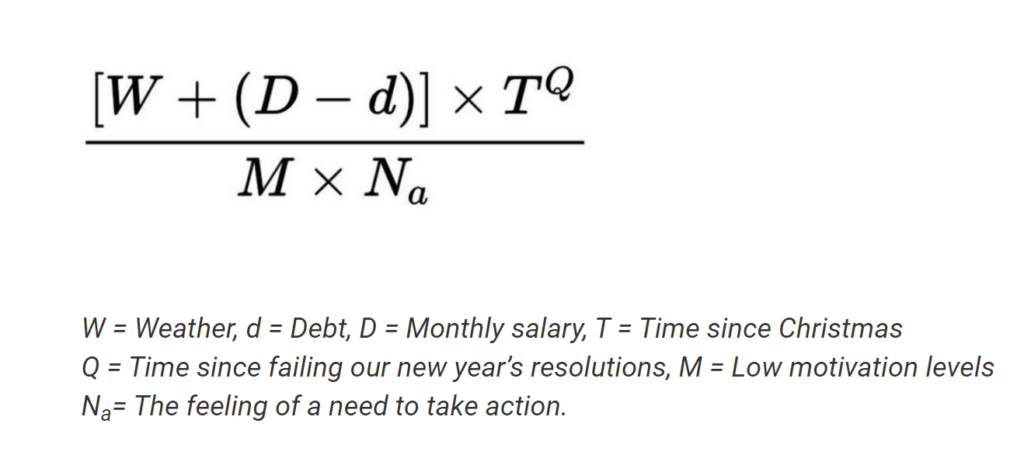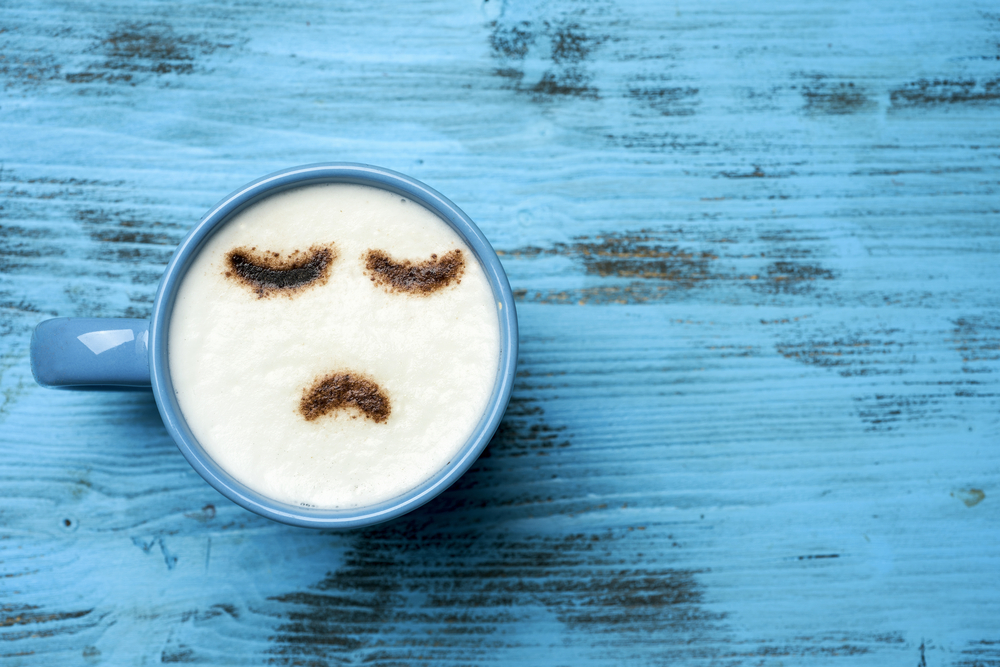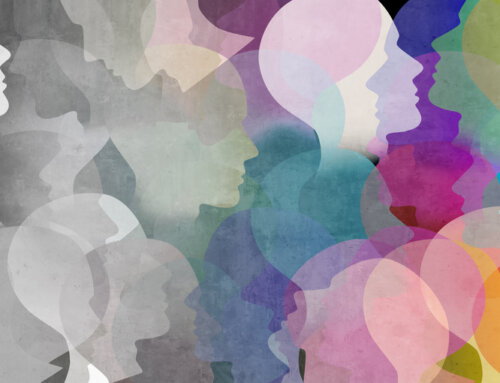In the depths of January, there lies a day that has been labelled as the most depressing and saddest day of the year: Blue Monday. For many years science has been telling us that this Monday is the saddest day of the year.
Blue Monday is typically the third Monday of January. This concept was first introduced in 2005 by Dr. Cliff Arnall, a psychologist at Cardiff University. Using a formula that considered weather conditions, debt levels, time since Christmas, time since failing our new year’s resolutions, low motivational levels, and the feeling of a need to take action, he determined this specific day to be especially dismal.

The idea behind Blue Monday was that people tend to book their next holiday when they feel extremely sad. Indeed, factors such as the end of the Christmas holidays, coming to terms with one’s resolutions, accumulated debts, and that innate desire to change our own life makes people feel a bit gloomy.
Back in 2005, Sky Travel issued a press release revealing their findings. And as you’d expect they were criticised that this was a marketing gimmick created by a travel company who asked a psychologist to develop a ‘depression formula’ to find the most depressing day of the year.
Turn a gloomy day into a brighter day
Many marketers like to capitalise on awareness days, but whatever campaigns you might be planning, they should be aligned to your business strategy, brand and business positioning. Despite its gloomy reputation, Blue Monday presents unique marketing opportunities for businesses.
Rather than turning Blue Monday into a marketing opportunity, it can also be used to spread kindness and generosity.
Spreading kindness and generosity
Focus on kindness and generosity. Here are a few some ideas:
- Random Acts of Kindness: Encouraging acts of kindness within the workplace or community can have a ripple effect, improving the mood of the day.
- Community Events: Organizing community gatherings or volunteering events can help people feel connected and valued.
- Mental Health Awareness Campaigns: Businesses can partner with mental health organizations to raise awareness about depression and offer resources.
- Employee Well-being Initiatives: Companies can show they care about their employees by offering a day off, mental health resources, or a more relaxed office environment on Blue Monday.
Think about how your business can be generous, and this doesn’t necessarily mean large donations, more about giving time, thinking of others.
Enhancing Blue Monday: Innovative campaigns and ideas
Blue Monday, with its unique blend of post-holiday blues and winter gloom. This offers businesses a chance to connect with their audience in a meaningful way. Let’s explore some creative campaign ideas that businesses have used or could use to leverage Blue Monday in their marketing efforts.
- Mental Health Awareness Partnerships
- Example: A tech company partners with a mental health charity to launch an app that helps track mood and offers tips for mental well-being. For every download on Blue Monday, the company donates to the charity.
- ‘Beat the Blues’ Travel Deals
- Example: A travel agency launches a “Beat the Blues” campaign offering special discounts on sunny destinations. The campaign could use slogans like “Escape the Grey, Find Your Sunshine” to entice winter-weary customers.
- Blue Monday Fitness Challenges
- Example: A fitness brand initiates a 30-day fitness challenge starting on Blue Monday. The challenge includes online workout classes, motivational talks, and a supportive community to encourage physical activity as a mood booster.
- Comfort Food Promotions
- Example: A restaurant chain offers a special “Blue Monday Menu” featuring comfort foods. They might also introduce a ‘buy one, get one free’ offer on specific items to encourage people to dine with friends or family.
- Retail Therapy Discounts
- Example: An online retailer offers a “Blue Monday Blowout” sale, with extra discounts. The campaign could be marketed with an angle of indulging in a little retail therapy to combat the Blue Monday blues.
- Corporate Wellness Initiatives
- Example: A company offers its employees a “Blue Monday Break” with activities like a yoga session, a motivational speaker, or an extended lunch break. They could also provide mental health resources or free counseling sessions.
- Social Media Engagement Drives
- Example: A brand runs a social media campaign encouraging followers to share their ways of beating Blue Monday, using a specific hashtag. The best posts could be rewarded with gifts or discounts.
- Random Acts of Kindness Events
- Example: A business organizes a community event where they perform random acts of kindness, like distributing free coffee or meals to the homeless. They could encourage the community to participate and share their acts of kindness.
- Blue Monday Storytelling
- Example: A publishing house or bookstore might host a Blue Monday storytelling event, featuring uplifting stories or talks from authors about overcoming challenges and finding happiness.
- Art and Creativity Contests
- Example: An art supply store or a community center could hold a Blue Monday art contest, encouraging participants to create artworks that represent hope and positivity. The winning pieces could be displayed in-store or online.
Make Blue Monday brighter
While Blue Monday may have started as a seemingly arbitrary concept, it has evolved into a day with real implications for businesses and individuals alike. By embracing marketing strategies that resonate with the themes of the day and promoting kindness and generosity, we can transform Blue Monday from a day of gloom to a day of positivity and action.
These examples not only highlight how businesses can capitalize on Blue Monday for marketing purposes but also how they can play a role in uplifting the community and spreading positivity during a traditionally gloomy time.





